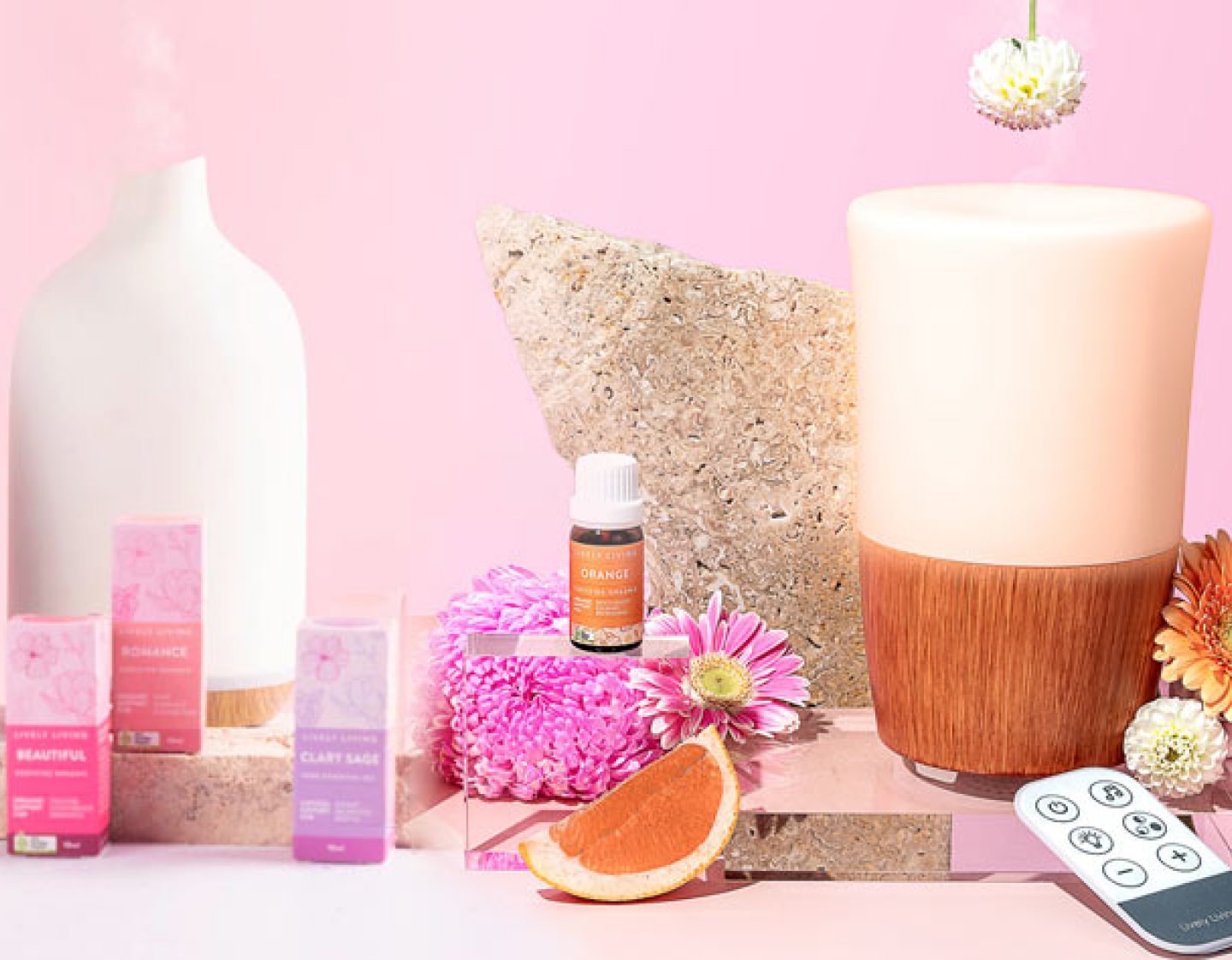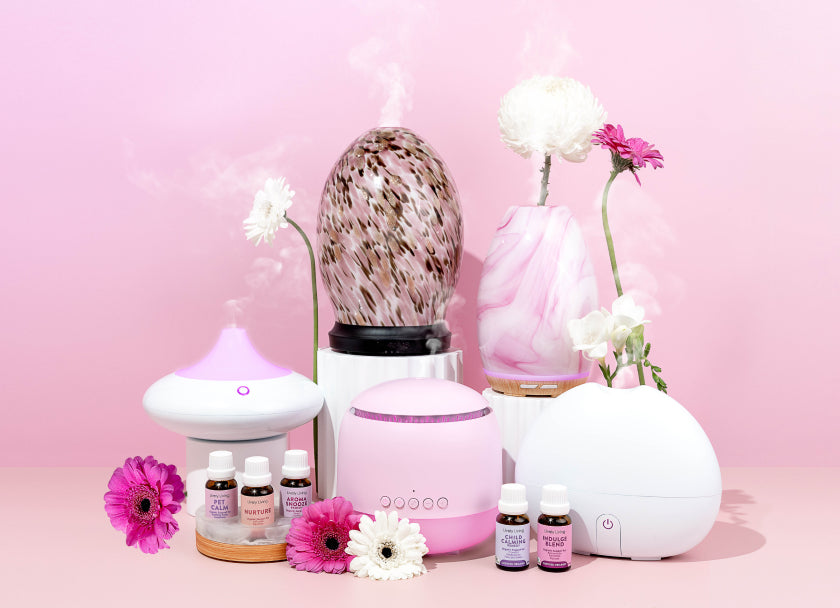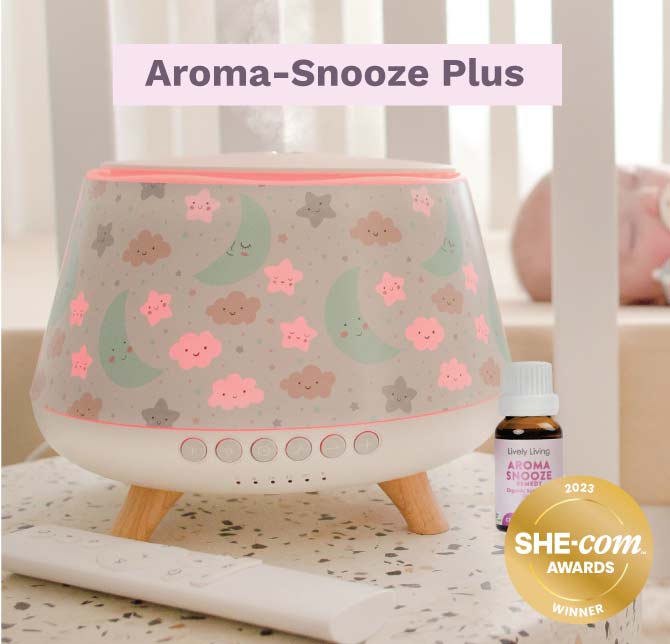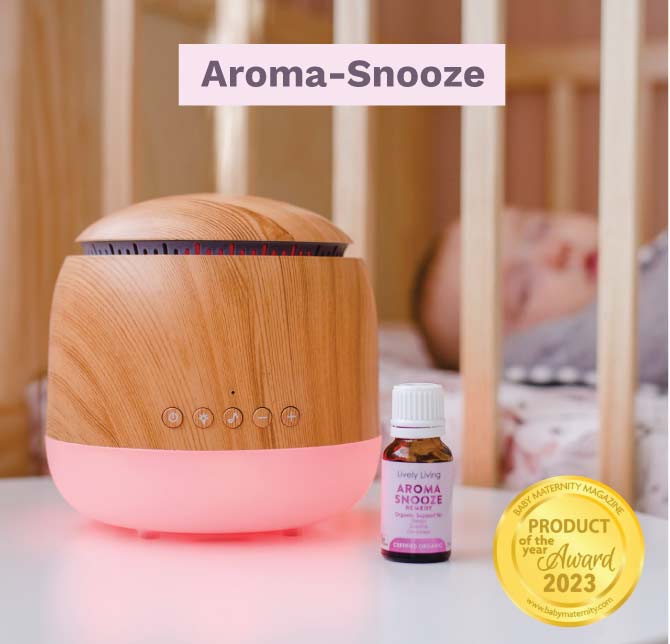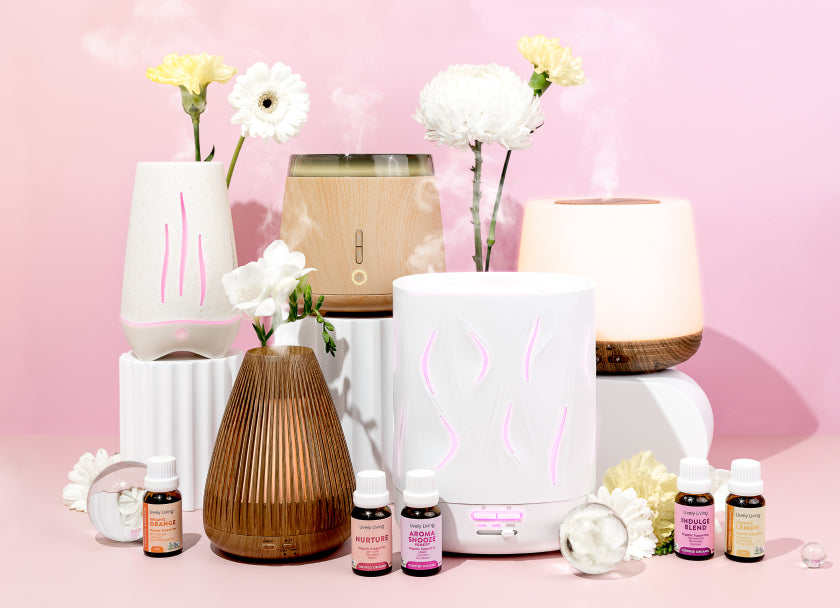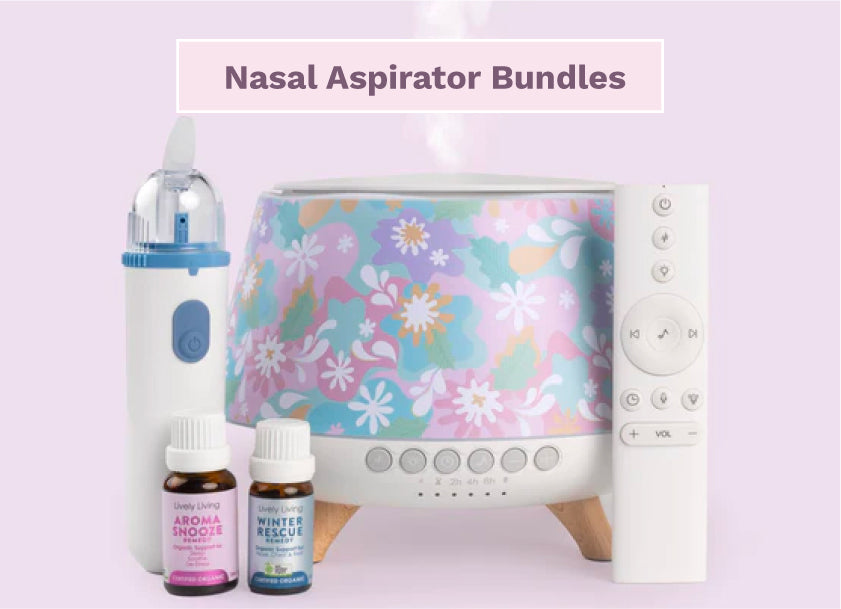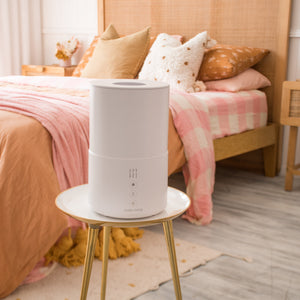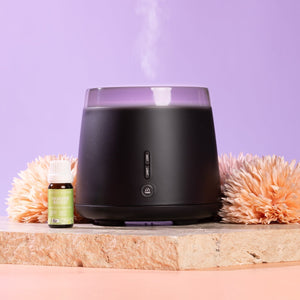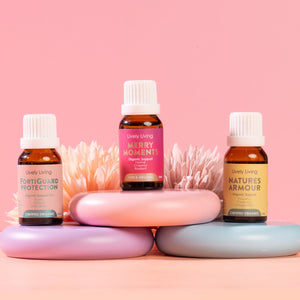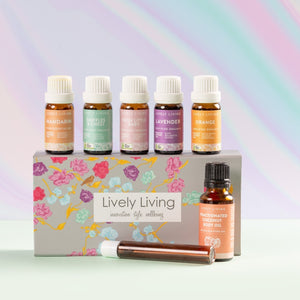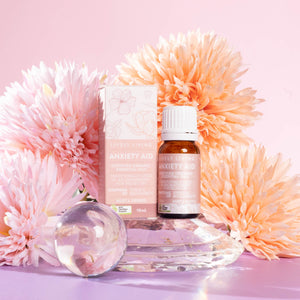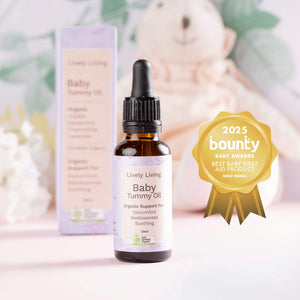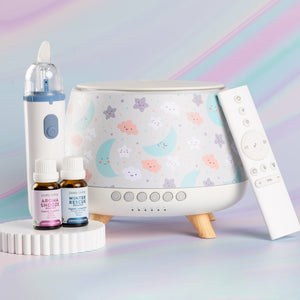Sleep Tips: Improve Child's Sleep with Wake Windows & Oils
For those seeking to improve their sleep quality or that of their children, understanding and implementing sleep tips can be transformative. This article will delve into the concept of 'Wake Windows', an essential part of your little one's daily routine that significantly impacts their ability to fall asleep faster and enjoy improved sleep.
We'll begin by defining what a Wake Window is, followed by real-life experiences from parents who've successfully transformed their children's sleeping habits using these insights. Additionally, we'll explore why identifying your child’s unique wake window is crucial in preventing over-tiredness and difficulty sleeping.
Next, you’ll find an age-based guide on baby awake times which includes considerations for premature babies. Lastly, we introduce tools like the Aroma-Snooze Sleep Aid Vaporizer and Lively Living Products' range of essential oils for children, practical solutions designed to assist nap time and enhance overall good night’s sleep.
This comprehensive guide offers valuable insight into how understanding your child’s circadian rhythm can lead to better sleep hygiene practices - making it a must-read for anyone seeking effective strategies to tackle poor sleep patterns in children.
Table of Contents:
- Understanding 'Wake Windows' in Your Child's Sleep Routine
- Why are 'Wake Windows' Important?
- A General Guide To Baby Awake Times
- Introducing Sleep Tools to Help with Nap Time
- FAQs in Relation to Sleep Tips
- Conclusion
Understanding 'Wake Windows' in Your Child's Sleep Routine
The concept of 'wake windows', or the time your child is awake between sleeps, is crucial for establishing healthy sleep routines. It's like a little window of opportunity for rest and rejuvenation.
Defining Wake Window: What Does it Mean?
A wake window is the duration that a baby should be awake before they need another nap or bedtime. It's like their internal clock telling them, 'Hey, it's time to recharge.' â°
Importance of Identifying Your Child's Unique Wake Window
Every baby is different and unique. it's important to recognize your child's unique wake window based on their age, temperament, and overall health. This way, you can avoid the dreaded overtiredness and ensure they get the rest they need.
Observing your little one during these periods can give you clues like yawning or eye-rubbing, signaling that it might be time for them to hit the snooze button.
Plus, understanding their wake window helps establish consistent napping schedules, which is like a secret weapon for a good night's sleep.
Note:
- Babies who are kept awake beyond their optimal wake window often become overstimulated, making it harder for them to fall asleep.
- Paying attention to these cues not only prevents overtiredness but also promotes healthier sleeping patterns in children. It's like giving them a VIP pass to dreamland.
Case Study Analysis - From Stressful Nights to Peaceful Slumber
The transformation in Mellissa's experience is not uncommon among parents who understand their children's wake windows better. A study by the National Center for Biotechnology Information (NCBI) supports this finding, indicating that babies whose awake time is appropriately managed have fewer nighttime awakenings and longer total sleep duration.
To sum up, recognizing your child's individualized wake window isn't just beneficial—it's transformative. It helps you anticipate your little one's needs before they become overtired and cranky—making naptime smoother and easier on everyone involved.
Why are 'Wake Windows' Important?
Understanding your baby's sleep pattern involves managing their 'wake windows' - the period they stay awake between sleeps. Too little awake time leads to short naps, while too much results in an overtired baby who struggles to settle down for sleep.
The Link Between Over-tiredness and Difficulty Sleeping
Babies have a limited capacity for wakefulness. When this threshold is exceeded, it leads to over-tiredness, making it harder for them to fall asleep or stay asleep. Exhaustion causes stress hormones to surge, making your little one agitated and restless.
Strategies for Managing Baby's Awake Time Effectively
- Maintain Consistency: Keep wake times consistent as babies thrive on routine.
- Watch For Sleep Cues: Yawning, rubbing eyes, or appearing drowsy are signs that your baby may be ready for a nap.
- Create A Calm Environment: Lower lights and reduce noise levels to signal that it's time for rest.
- Incorporate Relaxation Tools: Lively Living offers the Multi Award Winning Aroma-Snooze Sleep Aid Vaporiser, which combines red light therapy, sound options, and aromatherapy to create an ideal sleeping environment suitable for any age group.
Awareness about 'wake windows' empowers parents to manage their child's energy levels. Avoiding overtiredness before naptime or bedtime eases their transition into sleep and fosters healthy long-term sleep habits.
A General Guide To Baby Awake Times
Understanding your baby's wake windows is crucial for a healthy sleep routine. Babies have different awake times based on their age and development stage. It's like navigating uncharted territory trying to figure out your child's sleep patterns.
Age-Based Guide for Baby Awake Times
Manage wake windows effectively by following these general guidelines:
- Newborns (0-12 weeks): 45 minutes - 1 hour
- Infants (3-5 months): 1.5 - 2 hours
- Babies (6-8 months): 2 - 3 hours
- Toddlers (9-12 months): 3 - 4 hours
Note: Every baby is unique, so these are just rough estimates.
The Role Of Adjusted Age In Premature Babies' Awake Time
If your baby was born prematurely, consider their adjusted age when determining wake times. Calculate from the original due date, not the actual birth date. Check out the March of Dimes guide on prematurity for further details.
Lively Living's Sleep Aid Products Can Help Manage Wake Windows Effectively.
We understand managing your little one's sleep schedule can be challenging. That's why Lively Living offers tools like our Multi Award Winning Aroma-Snooze Sleep Aid Vaporiser, designed to create an ideal sleeping environment for children of any age. For more details about our products or tips on improving your child's sleep routine, visit the Lively Living website.
Introducing Sleep Tools to Help with Nap Time
Gettin' your kiddo to drift off can be a real hassle. That's why at Lively Living, we offer tools like the Multi Award Winning Aroma-Snooze Sleep Aid Vaporiser designed to create an ideal sleeping environment for children.
Features And Benefits Of Using An Aroma-Snooze Sleep Aid Vaporizer
The Aroma-Snooze is more than just a vaporizer; it's a holistic solution that combines aromatherapy, light therapy, and sound therapy in one device. It diffuses certified organic essential oils into the air, creating a calming atmosphere for sleep. The red LED light stimulates melatonin production, and the built-in sounds help soothe your baby to sleep.
This award-winning product helps establish healthy wake windows, reduces night wakings, and lengthens naps. It's an excellent tool for managing your baby's awake time effectively.
Integrating Essential Oils Into Your Child's Naptime With Lively Living Products
Improve your childs sleep quality with our innovative diffusers, and high-quality certified organic essential oils. These include lavender, known for its calming properties, and chamomile, traditionally used as a natural sedative.
- Lavender: Known for its soothing effects on both body and mind, making it perfect before bedtime.
- Roman Chamomile: Its gentle floral aroma promotes relaxation, aiding restful sleep.
- Sweet Orange: Helps reduce anxiety levels, providing comfort during nap times.
We believe integrating these essential oils into your child's naptime routine will enhance their sleeping experience and contribute to their overall well-being. After all, good health starts with good sleep. Try our Organic Hush Little Baby. Diffused into the air, will help your child fall asleep faster.
FAQs in Relation to Sleep Tips
What are 10 tips to improve sleep?
The following tips can help improve your and your babies sleep: maintaining a consistent schedule, creating a restful environment, limiting daytime naps, using comfortable bedding, ensuring the room has ventilation, stimulation during the day, over feeding, loud distracting noises,
What is the 10-3-2-1-0 rule for sleep?
The 10-3-2-1-0 rule suggests no caffeine ten hours before bed, no food three hours before bed, no work two hours before bed, no screens one hour before bed, and zero snooze alarms in the morning.
What are tips to fall asleep?
Tips include establishing a regular sleeping schedule, avoiding heavy meals close to bedtime, making your bedroom quiet and dark with a cool temperature, and practicing relaxation techniques like meditation or deep breathing exercises.
How can I get deep sleep at night?
If your having trouble sleeping, consider this. To achieve deep sleep, maintain a regular exercise routine during the day but avoid intense workouts close to bedtime. Also, consider incorporating relaxing activities into your evening routine such as reading or taking warm baths. Be aware of your sleep hygiene, and your sleep environment, as well as your childs.
Conclusion
Understanding your child's unique wake window is crucial for a successful sleep routine, because let's face it, no one wants a cranky, sleep-deprived toddler on their hands.
By identifying the optimal awake time, you can prevent over-tiredness and promote better sleep, which means more peaceful nights and less zombie-like mornings.
Many parents have shared their positive experiences after implementing wake windows into their child's routine, and let's be honest, we could all use a little more peace and quiet in our lives.
To assist with nap time, introducing sleep tools like the Aroma-Snooze Sleep Aid Vaporizer from Lively Living can be beneficial, because who doesn't love the soothing scent of lavender and the sound of gentle waves lulling you into dreamland?
By integrating these sleep tips and tools into your routine, you can help ensure that both you and your baby get a good night's sleep.

